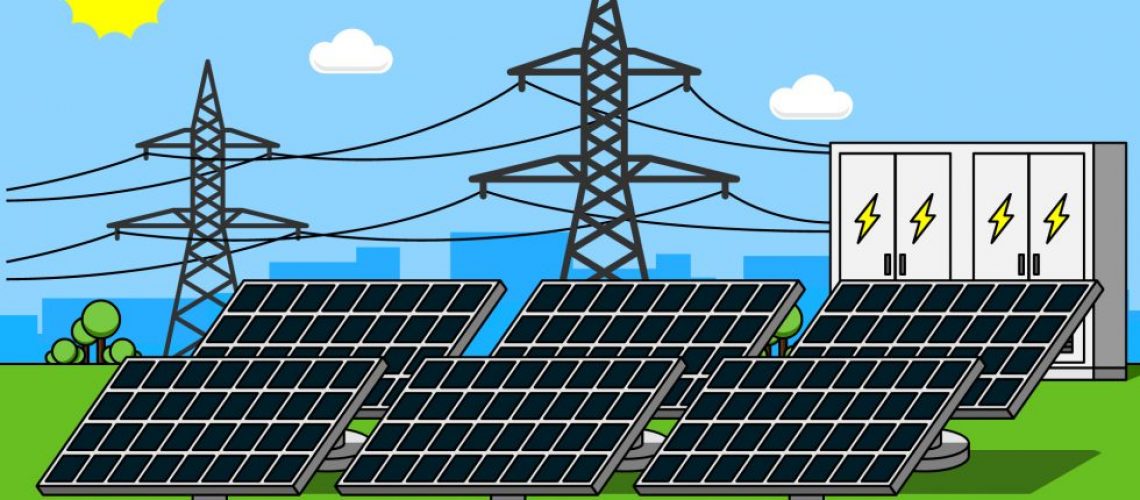Solar installations with energy storage/batteries are getting more attention among businesses and consumers alike. Most people understand the benefits of switching to solar energy, however, they aren’t confident in their knowledge of the underlying technology. Here’s a brief introduction to the main components of a battery-powered residential solar panel installation.
Solar Panels
Solar panels serve as the capture mechanism for the entire energy system. Similar to plants converting sunlight into energy through the process of photosynthesis, solar panels use the sun to create energy for a residential property. Solar panels are made up of many smaller units known as cells. These cells capture sunlight which is then converted into electrons that can be moved through to the rest of the solar energy system.
From electrons, the panels create Direct Current energy which can then be passed on to the inverter. Energy generated from solar panels can be used to power a home throughout the day, or if the solar panels generate too much power, that power can be stored in a battery for future usage. This flexibility allows solar panels to remain useful even if there are cloudy days.
Inverter
Although solar panels are an incredible invention for the world of renewable energy, on their own they are not sufficient for making the sun’s energy viable in a residential capacity. This is why the inverter is so important. The inverter changes the Direct Current (DC) energy captured from the solar panels into Alternating Current (AC). The inverter is critical because if you want to power a home, including devices such as kitchen appliances and electronics, then AC is a requirement.
Racking
A solar racking system is used to mount solar panels to a rooftop or other surface. While on the surface the racking may seem like the least technical piece of the system, it performs an essential function. A quality racking system ensures that the solar panels receive maximum exposure to sunlight by propping them up at the correct position.
The orientation and angle of solar panels to the sun are critical components of maintaining an effective residential solar panel installation. For most setups, a roof mounting system is preferred. However, in certain circumstances, it is possible to mount solar panels to the ground. These racking setups are more common on properties that have large amounts of unused land and receive generous sunlight throughout the day.
Battery
Batteries regulate the amount of energy that a solar energy system generates for your home. Once energy is captured through the solar panels and converted through the inverter, it is stored in the battery for future use. There are days when the energy generated from solar panels is sufficient to power a home. However, there are some days when too much energy is produced.
A battery is useful because it can store solar energy to be used on days when diminished sunlight leads to decreased energy capture from solar panels. Vice versa, on days where energy production is high, any excess energy is sent to the battery to be used in the future. Certain residential solar energy installations do not make use of a battery, in which case leftover energy is sent back to the energy grid.
Charge Controller
Finally, the charge controller helps to manage the amount of energy that is sent into the battery. To avoid overcharging batteries, a charge controller limits the amount of power that is sent through the system. This process is also useful to ensure that energy from the solar panels does not reach an excessive current. Simply put, the charge controller monitors the power going from the solar panel to the battery.


